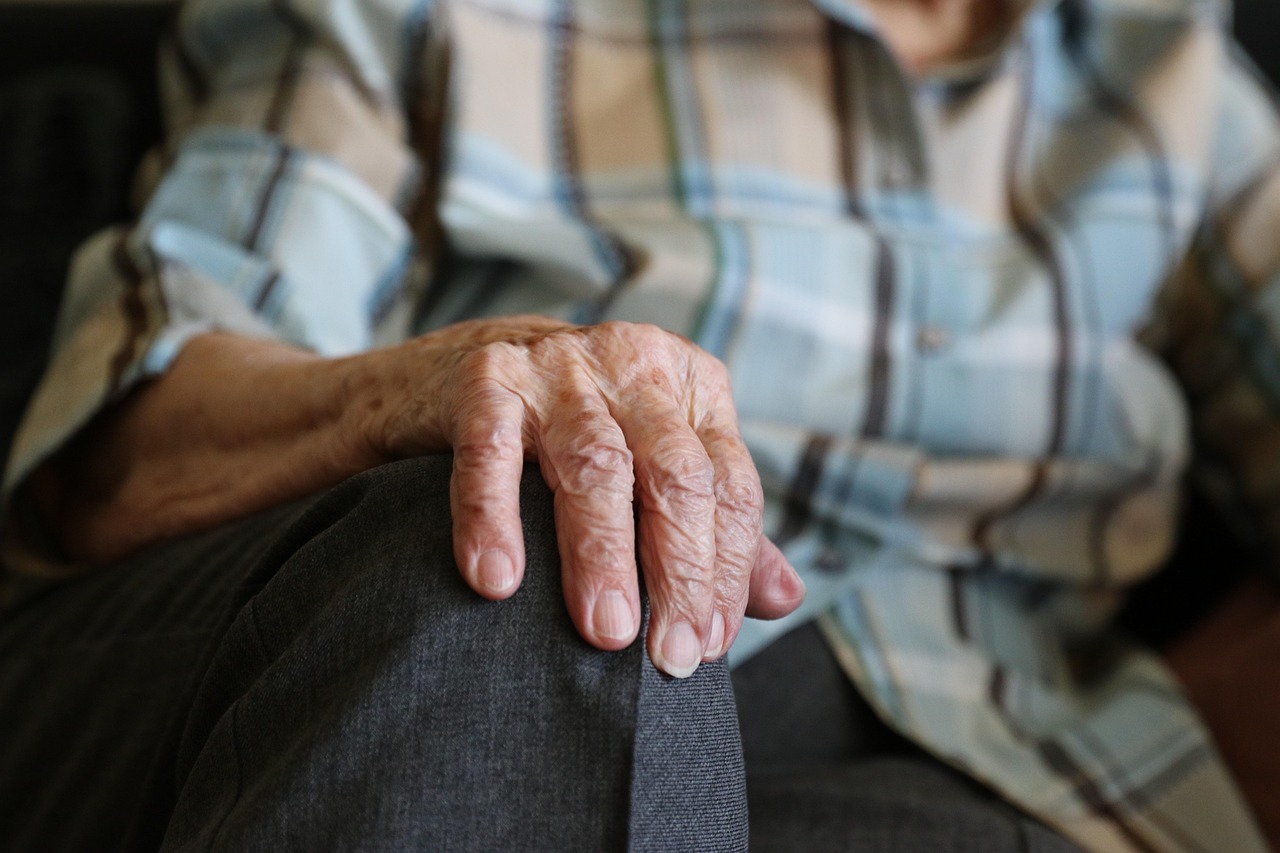Original article (in Slovenian) was published on 14/2/2024; Author: David Bajec
Around 96,000 pensioners, equivalent to 19.7% of the pensioner population, lived below the poverty line in 2023, according to Statistics Office data.
Social Democrat MP Soniboj Knežak claimed at a National Assembly session on 27 January that “the share of GDP devoted to pensions has been declining in our country over the last ten years” and that in 2023 it was at “one of the lowest in the last ten years”. The statement was part of an MP question on pensioners’ standard of living that Knežak put to Prime Minister Robert Golob.
The 2023 annual report of the Pension and Disability Insurance Institute (ZPIZ), the public pension insurer, shows that pension expenditure as a share of gross domestic product (GDP) declined between 2014 and 2023, with the exception of a bump in 2020. It reached its lowest level in 2019 and 2023, when it was 9.55% of GDP.
Knežak also claimed in his MP question that a third of pensioners live below the poverty line. According to Statistics Office data for 2023, the latest year for which data are available, approximately 96,000 of pensioners, or 19.7% of all pensioners, lived below the at-risk-of-poverty threshold.
The Statistics Office explained to Razkrinkavanje.si that “this is the number of pensioners who were at risk of poverty, but it does not mean that they were actually poor”. As they explain in the methodological notes, the at-risk-of-poverty threshold is relative because it is “not fixed in advance, such as in the form of a basket of necessities or an absolute amount needed to survive”, but depends on the level and distribution of income among households, and the number and age of their members.
In response to a Razkrinkavanje.si query, the Social Democrat deputy group agreed that pensions were the same as a share of GDP in 2023 and 2019, but they added that discussions and analyses on pension reform always use the relative GDP rate, which makes data comparable between countries and over time, something absolute figures do not.
Knežak did not mention comparisons with other countries in his question.
According to the deputy group, Knežak’s claim that a third of pensioners live below the poverty line referred to data showing that in 2023, “approximately 237,781 out of 479,916 pensioners” would receive an old-age pension below the poverty line (€902.67). According to these figures, a half of all pensioners, not just a third, receive a pension below the at-risk-of-poverty threshold. They did not identify the source of the data.
They further stated that in the same year, 339,524 of the total of 635,012 pensioners were receiving pensions below the at-risk-of-poverty threshold, regardless of the type of pension.
A comparison of the data on old-age pension recipients and those whose pensions are below the at-risk-of-poverty threshold provided by the deputy group aligns with the data in the ZPIZ report. The same applies to the data on the number of all recipients of old-age, disability and survivor pensions whose pensions are below the at-risk-of-poverty threshold.
The figure for the total number of recipients of old-age, disability and survivor pensions is similar to the one in the report, but not exactly. The deputy group appears to have overlooked the fact that this figure does not include those receiving partial and early-retirement pensions.
ZPIZ and the Statistics Office compile pension-related data in different ways. ZPIZ presents the data for individuals in a table on the distribution of pensions, while the Statistics Office considers total disposable (net) income of the members of the household in which pensioners live, not only pensions, to calculate the risk of poverty among pensioners.
The claim that “the share of GDP devoted to pensions has been declining in our country over the last ten years” is manipulative. The share of GDP allocated to pensions did indeed fall between 2014 and 2023, but it reached the same low in 2019 and in 2023.
The claim that a third of pensioners live below the poverty line is not true.



